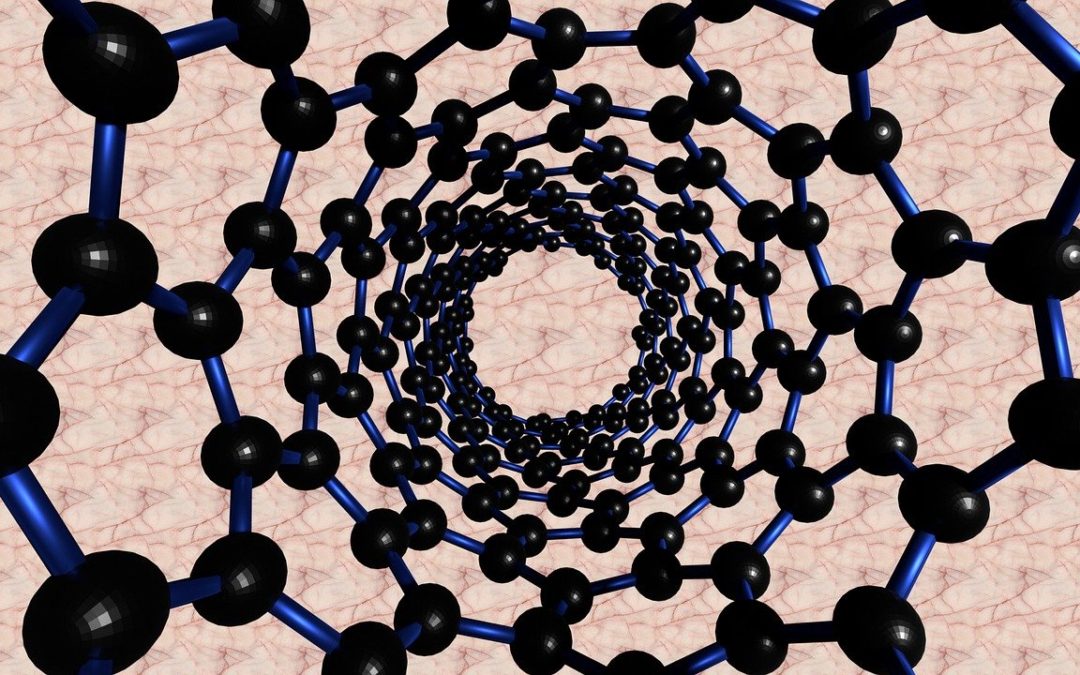Nanotechnology deals with dimensions and tolerances of less than 100 nanometers, especially the manipulation of individual atoms and molecules. These microscopic technologies are rapidly developing providing new applications and solutions in a myriad of industry segments including biomedical, industrial, military, industrial, and aerospace and defense to name just a few.
Nanotechnologies are already in development for improved medicines and health care for soldiers as well as new materials for clothing which offer more protection against the elements and even ballistics. For example, one major research project working with nanoparticles aims to utilize a liquid polymer that hardens on impact for improved protection against bullets and shrapnel.
Other military and aerospace and defense applications for nanotechnologies include thermal sensors, global positioning and motion sensing, improved exoskeletons for lifting and carrying heavier objects, self-healing materials, adaptive camouflage, 3D printing with nanotechnology materials, biomolecular motors, energy-absorbing nanomaterials, propulsion systems, and so much more.
Couple nanotechnology with technologies similar to RFID and we are on the verge of connecting the smallest technologies with the Internet – the Internet of Nano Things (IoNT). The one caveat to the IoNT is that RFID is too large to work with these tiny devices. As such, communication at the nano-level with the Internet is likely to come in the form of molecular or and nano-electromagnetic communication which is still being developed.
It is very possible that in the next decade that doctors will infuse our bodies with nanotechnologies that can monitor our health and communicate back when an illness is detected. This technology can be applied outside our bodies as well where nanotechnologies connected to the Internet will be able to provide a whole host of information for just about everything imaginable (and unimaginable).
For aerospace, nanotechnologies are already being developed for lighter, more flexible, and stronger materials for aircraft and components. Nanoclay is also currently used in aerospace manufacturing due to its inherent flame retardant properties. These lighter materials are not only stronger and more reliable (meaning less cost and fewer catastrophic failures), but they could lead to incredible savings in fuel which could exceed $2 billion per aircraft over it’s life (and that’s based on just a 20% decrease in the overall weight of the aircraft which is well within reach of modern technology). Lighter aircraft will require less fuel and have increased range over heavier aircraft.
NASA and the Department of Defense (DOD) both have aggressive plans for nanotechnologies. NASA’s plan includes 18 key capabilities enabled by nanotechnology that can impact current and future NASA missions including future missions to Mars. Some of these technologies will include nanopropellants, graphene electronics, ultralight materials, nanotechnologies for energy generation and energy storage, and more.
While the Internet of Nano-Things may be a few years away, it is almost certain that it is closer than we think and that it will have a dramatic impact on just about every facet of our lives including every sector of the aerospace and defense industry.

